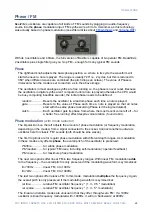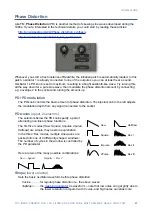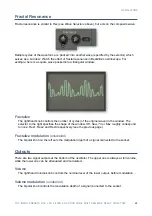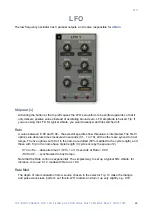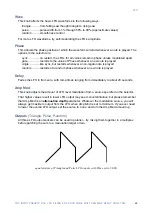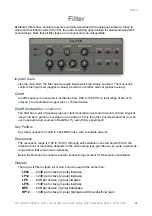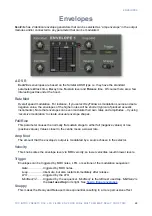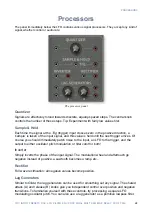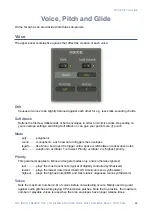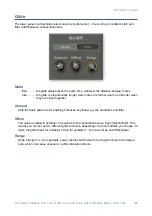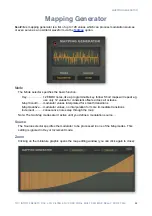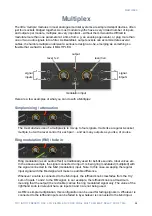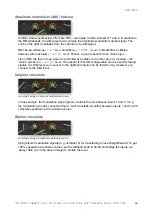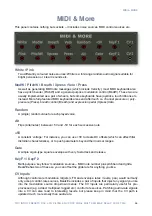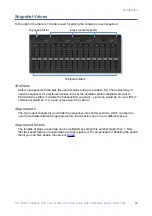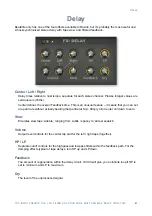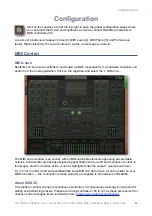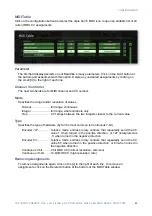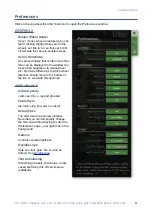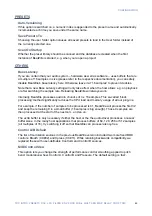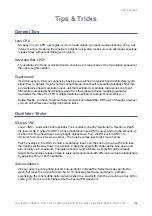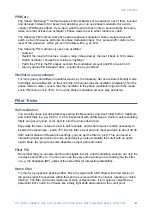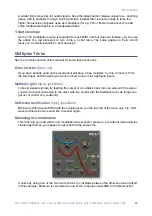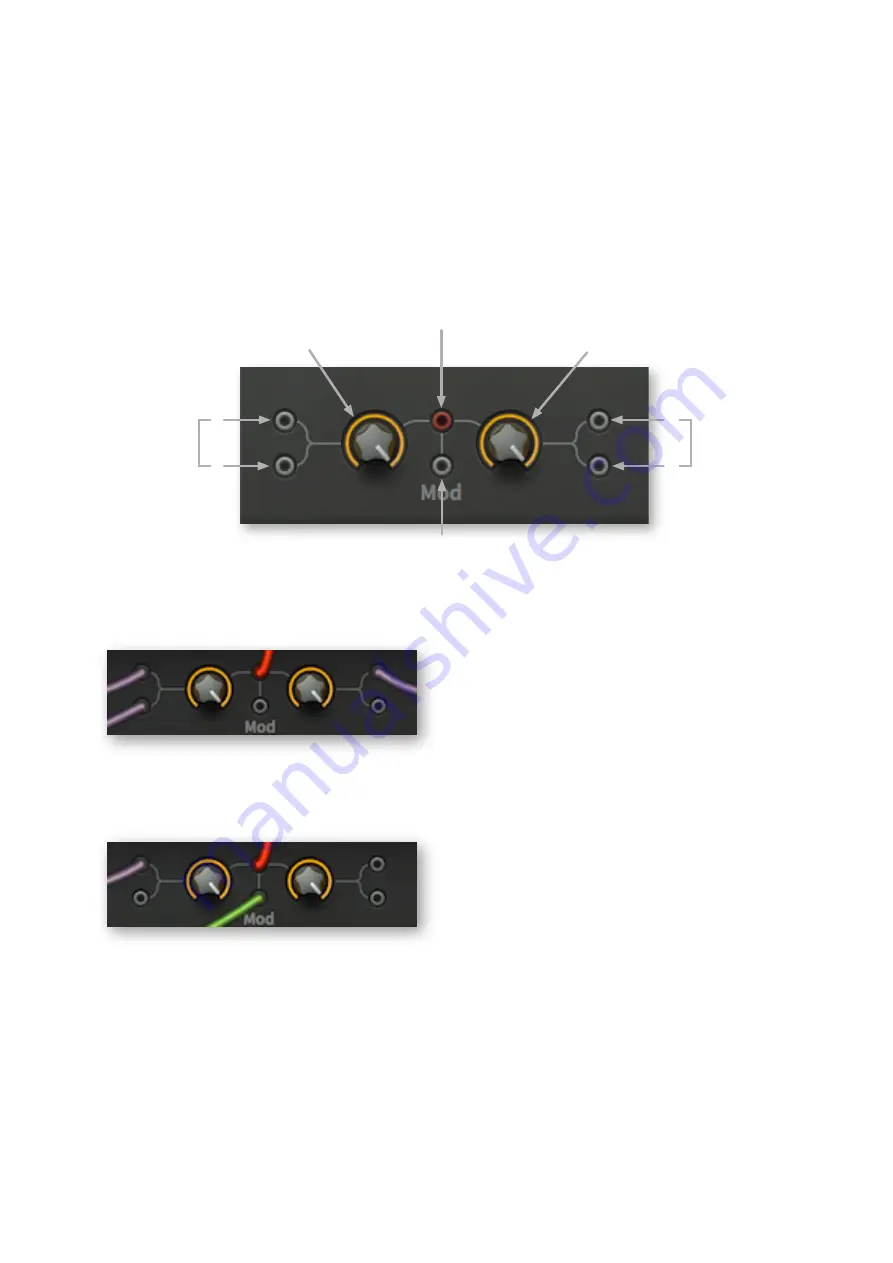
MULTIPLEX
Multiplex
The little ‘multiple’ modules in most analogue modular systems are simple mix/split devices, often
just four sockets bridged together. As most modular synths have a very limited number of inputs
and outputs per module, multiples are very important – without them it would be difficult to
modulate more than one parameter at a time from e.g. an envelope generator, or plug more than
one or two audio signals into a filter. As BeatZille’s output sockets can accommodate several
cables, the humble multiple underwent a serious redesign at u-he, emerging as something so
flexible that we had to rename it MULTIPLEX.
Here are a few examples of what you can do with a
Multiplex
:
Simple mixing / attenuation
The most obvious use of a multiplex is to mix up to four signals. It acts like a regular 4-socket
multiple, but with a level control for each pair… and as many outputs as you like, of course.
Ring modulation (RM) / fade in
Ring modulation (as an audio effect) is traditionally used for bell-like sounds, robot voices etc..
In the above example, the signal connected to input 1 is being ring modulated (multiplied) with
the signal connected to the
Mod
(modulation) input. Note: In this case, swapping the regular
input signal with the Mod signal will make no audible difference.
Whenever a cable is connected to the
Mod
input, the lefthand knob crossfades from the ‘dry’
sum of inputs 1 and 2 to the RM signal. In our example, the lefthand knob is at maximum,
meaning that the output (the red cable) carries the ring modulated signal only. The value of the
righthand knob is irrelevant here, as inputs 3 and 4 are not being used.
As RM is simple multiplication, this configuration can be used for fading signals in. Whatever is
connected to the lefthand inputs can be faded in by whatever is connected to the
Mod
input.
34
modulation input
output
1
2
level 1+2
level 3+4
signal
inputs
3
4
signal
intputs

